There is a growing trend where innovators are looking to the natural world and applying nature-inspired principles in engineering, science and design. We highlight a few of the latest technologies.
Nature is the ultimate innovator and designer. Every day, the natural world shows off its elegant and efficient designs perfected over millions of years.
In the meantime, humans are still grappling with basic and tough design challenges, including environmental ones, which not only need to address how we live but also need to conserve natural resources as well as lessen our environmental footprint.
Biomimicry, although not new, has had a profound impact across various industries, and is showing a growing upward trend marked by a surge in patents and academic publications dedicated to biomimetic technologies and solutions.
What is biomimicry?
Biomimicry can be described as the bridge between biology and design by tapping into nature’s diverse forms, processes, and ecosystems to inspire solutions, many of which are naturally sustainable.
For instance, biomimicry can inspire innovative designs and strategies for optimising energy and resource efficiency. From architecture to product development, biomimicry empowers designers to craft solutions that not only address the world’s challenges but also harmonize with the environment.
Biomimicry design pioneer One of the leading lights in the push towards more sustainable design is Janine Benyus who was awarded a Bicentenary Medal (2022) for her remarkable contribution to regenerative design. Through initiatives like the Biomimicry Institute and AskNature.org, Benyus and her team champion the integration of biomimicry in education and in practice, fostering a global community of designers inspired by nature’s wisdom.
Central to Benyus team’s practice is their Biomimicry Thinking framework, a guide developed to aid designers in harnessing biological insights to solve problems and manifest inspirational designs. This framework, with its emphasis on scoping, discovering, creating, and evaluating, offers a structured approach to biomimetic design, enabling innovation grounded in nature’s principles.
There are specific pathways through the Biomimicry Thinking framework which work for two scenarios.
- When seeking biological insights to solve a specific problem
- When initiating a process using an inspirational biological insight as a starting point for a design
Biomimetic designs are important to the future of the planet, and how we can design systems, processes and products, as well as packaging, in a way that is not only sustainable, but potentially regenerative.
Moving forward, our designs and creations from inception and creation, to branding and distribution, installation and even beyond to waste management and recycling, will be accountable for their sustainability.
Not a new concept
Biomimicry isn’t new. Velcro (inspired by burr seeds) was invented in 1941, a non-chemical adhesive, temporary attachment. Interestingly there have been variations since, one of which is an almost silent version developed by the U.S. military. Sadly, most types of consumer Velcro are now made from nylon or polyester, two petrochemical-based materials.
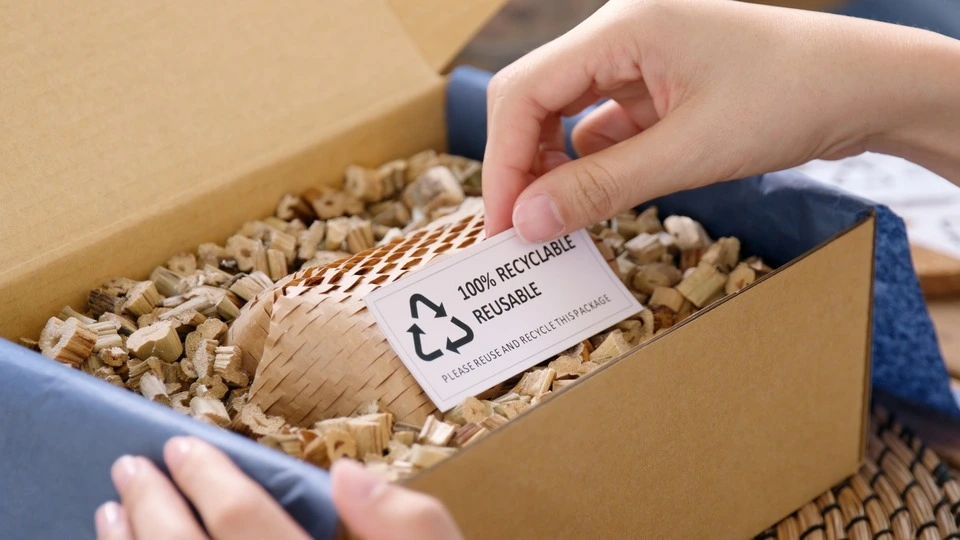
Likewise, PH or paper honeycomb (invented 1901) is a lightweight, exceptionally strong and sustainable material which is growing in use as changes in global markets and online shopping increases. As it’s produced from recycled paper and board pulp, and is 100% recyclable, it is highly sought after for a multitude of applications from product and protective packaging to interior design and building materials.
Much more recent advancements, such as the extraction of rare earth elements from water using mussel-inspired nanocellulose coatings (MINC, see below), show biomimicry’s potential to address pressing environmental challenges while aligning with UN Sustainable Development Goals.
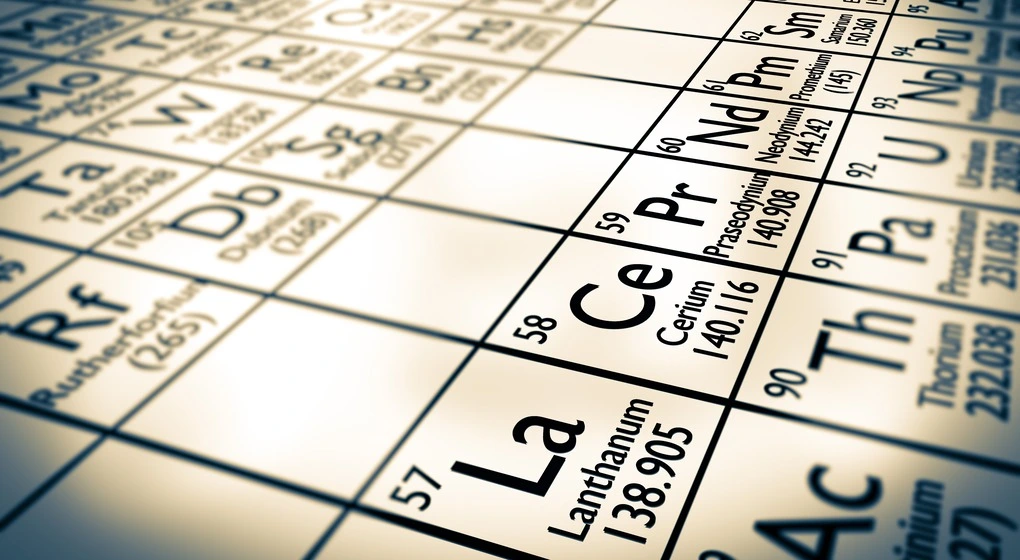
Conventional methods of extraction consume high levels of energy and cause both air and water pollution. The biological model that mussels employ works with nature, rather than against it.
EXAMPLE – innovation from nature: Pennsylvania State University’s process uses negatively charged ions and a mussel-inspired nanocellulose (MINC) coating. The extractive coating is composed of an array of tiny cellulose nanocrystals. The hair-like structures of nanocrystals are negatively charged ions, making them selective towards positively charged neodymium ions.
How biomimicry works
Mussels tether themselves to underwater rocks with stringy fibres called byssal threads. Each one of these threads has a foamy adhesive ‘plaque’ at the end containing a mixture of proteins that give the mussels their strongly adhesive qualities.
One of these proteins repels negatively charged ions on the surfaces of the rocks, like a magnet turned the wrong direction, clearing the path for another protein to latch onto.
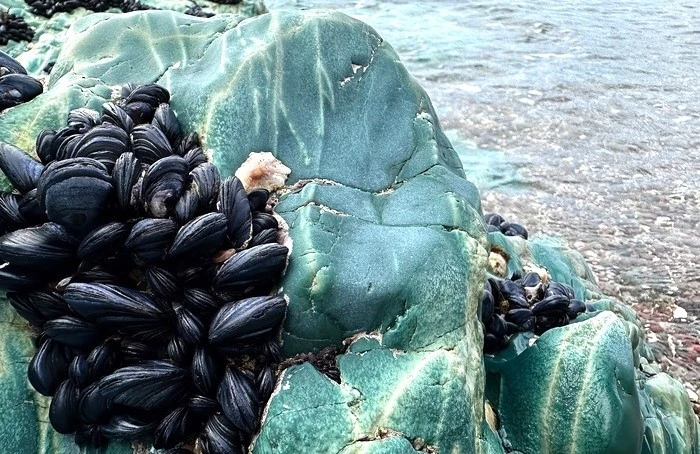
The implications of this process are far reaching. Applications could potentially include green power generation and electric vehicles which would positively impact at least three of the UN’s Sustainable Development Goals – the Clean Water & Sanitation, Affordable & Clean Energy, and Industry Innovation & Infrastructure.
Remediation and conservation
It is important to recognise the impact that our utilisation of the ocean, seabed and our effect on climate is having on the marine environment, particularly reefs.
One such organisation that has used biomimicry design is Arc Marine who, with their reef cubes, are boosting ocean habitat and conservation. These eco-engineered structures, inspired by the architecture of natural coral reefs, foster biodiversity and enhance the health of marine ecosystems.
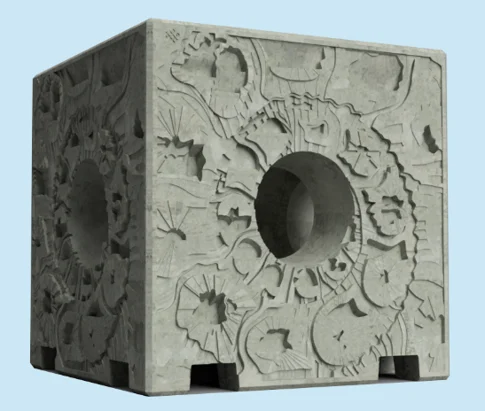
ArcMarine’s reef cubes are utilised across various industries including aquaculture, coastal defence, reef conservation, eco-engineering and subsea protection
As an engineer, the use of biomimicry for hydro & aero-dynamic performance is something that is personally fascinating. There are several examples, but one that really caught my eye at the recent Oceanology International show was underwater robotics company EvoLogics’s Quadroin autonomous underwater vehicle (AUV).
Inspired by a penguin’s shape and propulsion, this biomimetic design minimises energy consumption while maximising speed and efficiency – it truly glides through the water like the creature itself – and is one of the best examples of nature-inspired innovation in action. Several Quadroins are also able to organise themselves as an underwater swarm and co-ordinate their swimming between each other.
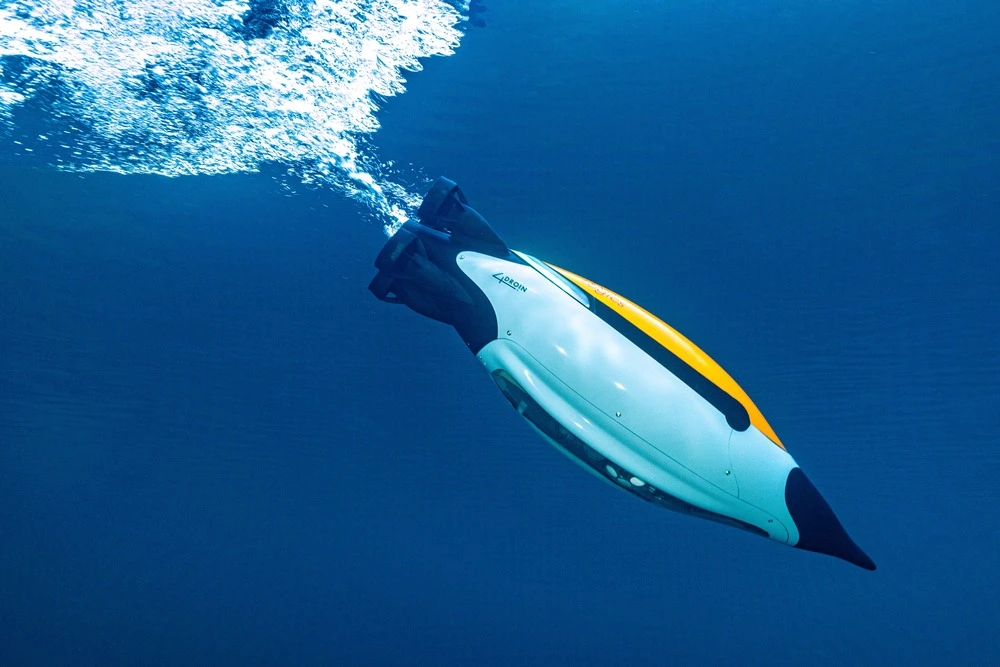
The key to our future
By embracing nature’s wisdom and leveraging biomimetic approaches, we can find a path towards solutions and designs that are not only intuitive but also aligned with the needs of both users and the planet. In this journey, biomimicry stands as a testament to our ability to learn from the past and innovate for a sustainable future.
After all, nature has had billions of years of evolution to perfect its designs and processes, so as designers and innovators it makes sense to increasingly look to the natural world for innovative solutions and design inspiration.
Read about just a few of our case studies here where we have helped companies solve their sustainability challenges. Read more about the Blue Economy here.
